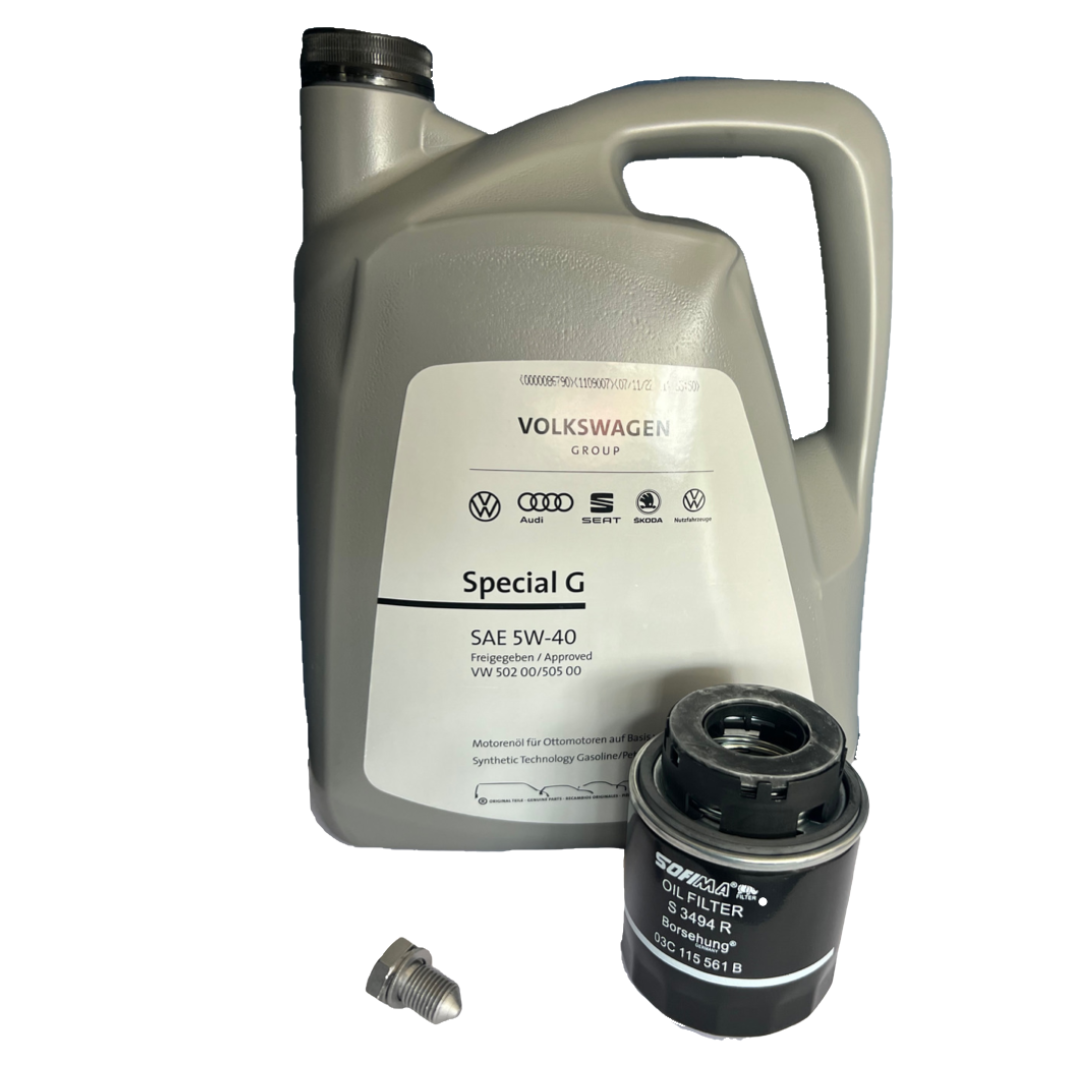Exactly How a Clp Engine Can Improve Performance in Numerous Industries
The advent of CLP engines marks a considerable change in functional efficiency across different fields, driven by their ability to optimize fuel consumption and lessen downtime. As companies significantly prioritize sustainability alongside effectiveness, the function of CLP engines ends up being also extra critical.
Overview of CLP Engines
CLP engines, or Continuous Fluid Propellant engines, stand for a considerable improvement in propulsion innovation, particularly for area applications. These engines utilize a continual feed system that allows for the sustained expulsion of propellant, leading to boosted performance and performance compared to traditional solid or hybrid propulsion systems. By maintaining a continuous flow of fluid propellant, CLP engines can attain much more exact thrust control, which is essential for steering spacecraft in different mission circumstances.
The style of CLP engines integrates innovative materials and ingenious fuel monitoring systems. clp engine. This leads to reduced weight and raised dependability, essential aspects for long-duration space missions. The continual operation lessens the risk of burning instability, a common difficulty in standard rocket engines.

Advantages in Production
The production of Continual Fluid Propellant (CLP) engines provides a number of remarkable benefits that boost both performance and cost-effectiveness. Among the main benefits is the streamlined production procedure, which lowers the complexity related to conventional propulsion systems. By utilizing liquid propellant, manufacturers can attain better precision in engine performance, leading to maximized energy result and lowered waste.
Furthermore, CLP engines assist in a higher level of modularity, permitting for less complicated combination into numerous production lines. This adaptability can considerably lower preparations and improve overall functional versatility. Using CLP modern technology also tends to decrease the requirement for comprehensive maintenance because of fewer relocating parts, which converts into minimized downtime and operational prices.

Applications in Logistics
Leveraging Continuous Liquid Propellant (CLP) engines in logistics provides significant advantages in operational efficiency and reliability. These engines offer a robust option for numerous transportation requirements, allowing the seamless motion of products across large distances. The inherent design of CLP engines allows for consistent power outcome, which equates into smoother and more predictable transport timetables.
Among the crucial applications of CLP engines in logistics is in heavy-duty freight transportation, where they can drive both ground and airborne automobiles. Their capacity to maintain high performance under differing lots problems makes certain that delivery timelines are met, thereby enhancing customer complete satisfaction. Additionally, CLP engines can be incorporated right into automated logistics systems, assisting in real-time tracking and optimizing path planning.
Moreover, the resilience of CLP engines reduces upkeep downtime, enabling logistics companies to optimize their operational capacities. This is especially advantageous in warehousing operations, where efficiency in handling and delivering products is critical. As logistics proceeds to develop, the assimilation of CLP engines represents a forward-thinking approach that not only boosts performance however also sustains the industry's growing needs for dependability and rate.
Influence On Power Performance
Exactly How do Continual Liquid Propellant (CLP) engines boost energy effectiveness in transportation? CLP engines use a regular flow of liquid gas, optimizing combustion processes and keeping a stable thrust result. This design lessens power losses related to standard burning engines, where fuel shipment can differ and result in inadequacies.
The continuous operation of CLP engines permits an extra efficient thermal cycle, leading to greater details impulse compared to traditional engines. clp engine. This equates to minimized gas consumption for the same amount of work done, dramatically lowering operational costs across different transport sectors, including air travel and maritime markets
Additionally, the capacity of CLP engines to keep optimum efficiency under varying load conditions reduces the requirement for regular velocity and slowdown, additionally boosting gas performance. Boosted power performance not just adds to set navigate to this site you back savings however likewise causes reduce greenhouse gas discharges, lining up with worldwide sustainability click for more goals.
Future Trends and Innovations
Emerging developments in Continuous Liquid Propellant (CLP) engine innovation guarantee to reinvent the landscape of transport performance and sustainability. As industries pivot towards greener options, CLP engines stand at the forefront, integrating innovative products and design techniques that improve performance while reducing environmental impact.
Among the most promising trends is the adoption of hybrid systems that incorporate CLP engines with eco-friendly energy sources. This harmony can enhance fuel intake and minimize emissions, lining up with global sustainability objectives. In addition, improvements in computational fluid characteristics (CFD) are promoting the style of more aerodynamically reliable engines, resulting in reduced drag and enhanced gas effectiveness.
Furthermore, the growth of smart surveillance systems is set to boost operational effectiveness. These systems leverage data analytics and IoT modern technology to enhance engine efficiency in real-time, making sure that the engines operate within their most effective parameters.
As research study remains to explore alternate propellant solutions-- such as biofuels and synthetic gas-- the future of CLP engines looks promising. By utilizing these technologies, markets can not just improve their effectiveness yet also contribute dramatically to a cleaner, much more lasting future in transport.
Conclusion
In final thought, CLP engines stand for a substantial advancement in efficiency throughout numerous sectors. The assimilation of innovative products and fewer moving components reduces upkeep needs, while placement with sustainability objectives settings CLP you can find out more engines as a critical innovation for the future.